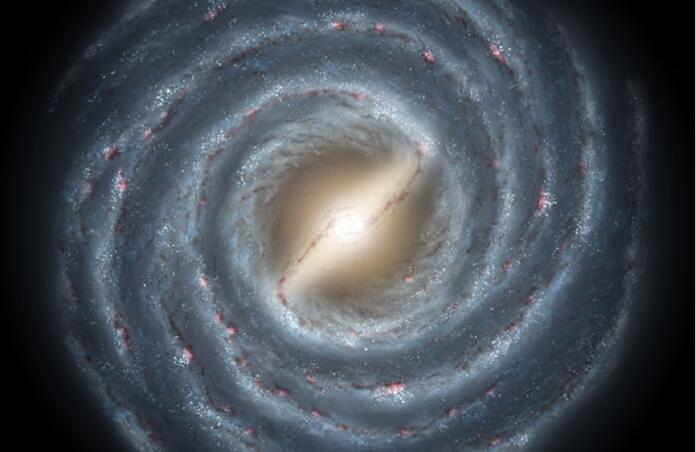Scientists Uncover the Reason Why Our Galaxy Ripples

A team of researchers at Lund University, Sweden have discovered that the wave-like ripples experienced by the milky way have been caused by a dwarf galaxy now seen in the Sagittarius constellation. The dwarf galaxy passed by ours at least twice hundreds of millions of years ago, setting our galaxy into a ripple which has pushed stars across the galaxy, causing them to oscillate at different speeds.
Our galaxy, the milky way, contains around 100 to 400 billion stars with an age of 13.6 billion years old. The galaxy was formed from a spinning cloud of hydrogen and helium gas and over billions of years, the gas collected into a rotating disc consequently birthing stars such as the sun. The data used in the study was recorded by the Gaia space telescope, which had previously uncovered that a past interaction with the dwarf galaxy could have triggered star formation within the milky way. One of these interactions took place around 4.7 billion years ago, at the same time as the formation of the sun. Therefore, it is possible that the ultimate reason for the sun’s formation and hence life on earth is due to an encounter the milky way had with Sagittarius galaxy billions of years ago.
In the study published in Monthly Notices of the Royal Astronomical Society, the team analysed a larger area of the milky way disc than previously possible, helping to uncover clues about the history of the intruder galaxy and its orbit around the milky way. This data revealed a peculiar ripple that not only affected the centre of the galaxy like previous research had found, but extended all the way out to the disc edge. Using the method of ‘galactic seismology’, researchers modelled a wave pattern that could help explain the impact. They concluded that the ripple most likely happened hundreds of millions of years ago, and that there was also an earlier, initial encounter.
As of now, Sagittarius is slowly being torn apart, and has lost mass due to these interactions. At around 1-2 billion years ago, it was much larger at around 20% the mass of the milky way disc or in other words 400 suns. This new discovery means that astronomers can study the milky way in the same way that geologists can study the structure of the earth from the seismic waves travelling through it- using the method of ‘galactic seismology’. This interesting method will teach us a lot about the milky way and its evolution, since there is still so much we don’t know about our own galaxy.
--
Cover image: NASA/JPL
